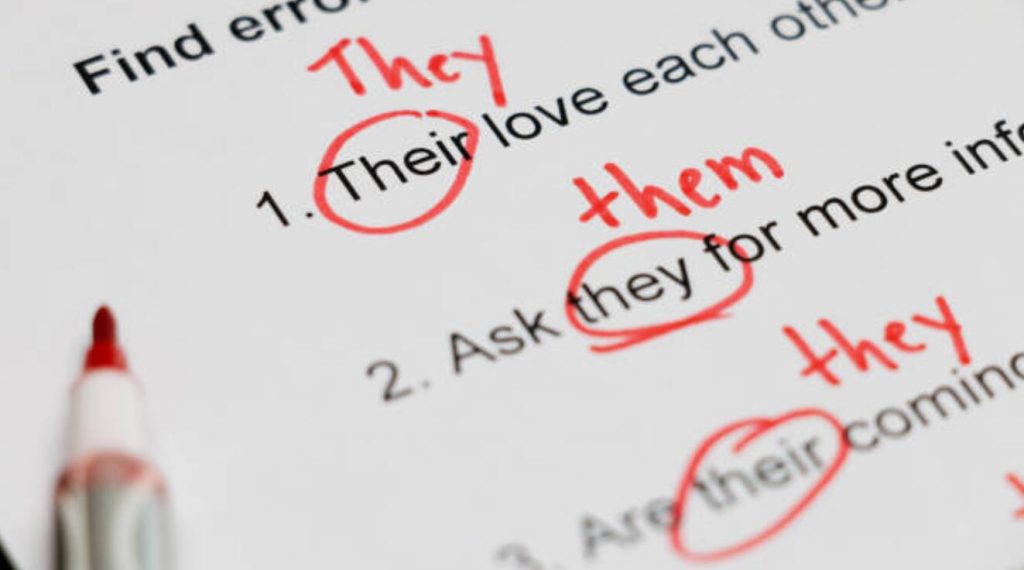Training your inner proofreader will create a base for unleashing your writing skills. These ten editing tips are useful not just to make you a better proofreader, but to make you a confident writer in any style.
1. Proofread Both Your Own and Others’ Writings
When you are proofreading only others’ works, it might be easy to forget what it means to write on your own. Try to manage your laziness and make writing your everyday challenge. When peers from your class, coworkers, or your family ask you to edit their drafts, have a look at it. Don’t refuse the work because it is the main part of your practice.
2. Edit Both On-Screen and Printed Items
There are many disputes around the fact that reading paper books creates a different feeling when you are reading from online devices. The same concerns texts. When you are proofreading a document from your monitor, you can miss some mistakes that you would find in a printed version. Try to implement this tip and proofread your work using a marker. Highlight text that needs improvement in your opinion and rewrite awkward parts.
3. Read Different Materials
Reading helps a lot when you are not just writing, but proofreading many texts. The reader will acknowledge the writing style, turns of speech, and literary features the author brings to their mind. The process of reading both fiction and non-fiction can help with proofreading, editing, and writing. Sometimes, you don’t need to concentrate too much on this process to take advantage of it. Possibly, it is better to take a break and read just for fun. Forget that you are reading only for professional purposes.
4. Research from Trusted Sources
Use vocabularies and trusted sources where you can check the spelling, dictionaries, and other language references. Some may be outdated, but this is still the best route in the traditional error-checking process.
5. Avoid Rushing
Most likely, you’ll find more inaccuracies when you take time to revise the text over a few days. To read attentively for the first time, you have to concentrate on examining every single word and reviewing the written work at the sentence and paragraph levels. Mistakes are easy to spot when you let your text sit after the last proofreading. Notice that productivity is much higher if your brain switches from proofreading to writing, for example. So, give your draft a break for a while before you begin to proofread again.
6. Exclude Empty Phrases from Your Vocabulary
Omit unnecessary words and phrases that sound vague. If there is something in your text, think about today’s readers. Our lives are high-speed, and we have limited time and patience for sloppy writing. It is more productive to say what you mean as briefly as possible before you lose your reader.
7. Read Out Loud
This tip helps you to listen to the rhythm and wording. When you are reading out loud slowly, you focus more on readability, sentence structure, and word choice. You should be able to assess every text or manuscript in its completeness to check for flow, readability, and organization. This means you’ll have to go over every part several times. This is to pull your mind apart from the content, so you better analyze the writing, read slowly, and read out loud. You’ll investigate a lot of minor mistakes and typos with the help of your voice.
8. Don’t Care Too Much About Your Content
Sometimes this means that the first draft always stays the best. When you are too anxious about every mistake in formatting or editing, you might mess up your writing by adding more issues. Perfectionists are among us, and we never want to submit anything to editors until it’s absolutely perfect. To do a good job, we need to know when to turn it over to the editor, who can also make it better.
9. Read in Reverse Order
To read backward, start one word at a time from the end of the paragraph to the beginning in reverse order. The same you can do with sentences: begin to read from the last word to the first. This way will help to identify spelling mistakes.
10. Make Sure You are Proofreading, Not Just Editing
When you are proofreading, make sure it is really what you’re doing. In other words, keep away from the mentality that editing is only the purification of typos and punctuation marks. Editing is when we strengthen sentences, stories, and paragraphs. A proofreader works on this processed version later. Anyway, this doesn’t mean you don’t do proofing while editing or vice versa. However, every one of us always does a full revision focused on editing and another on proofreading. For more complicated pieces, do multiple proofs and edits.
Final Point
Getting involved in any process may seem complicated for a newbie. And yet, if you want to become a better writer, you have to be able to work accurately on any text. Another point is to check sources for extra inspiration. As you found out from this article, writing, editing, and proofreading are three different processes. Each depends on the writing style the author wants to use. If you unite these three roles in one face, think over the distinctions between them. If your works are fulfilled with clear thought and it is clear not only for you, you did a great job. You managed not just with these three roles, but with the most critical fourth role – the attentive reader.
